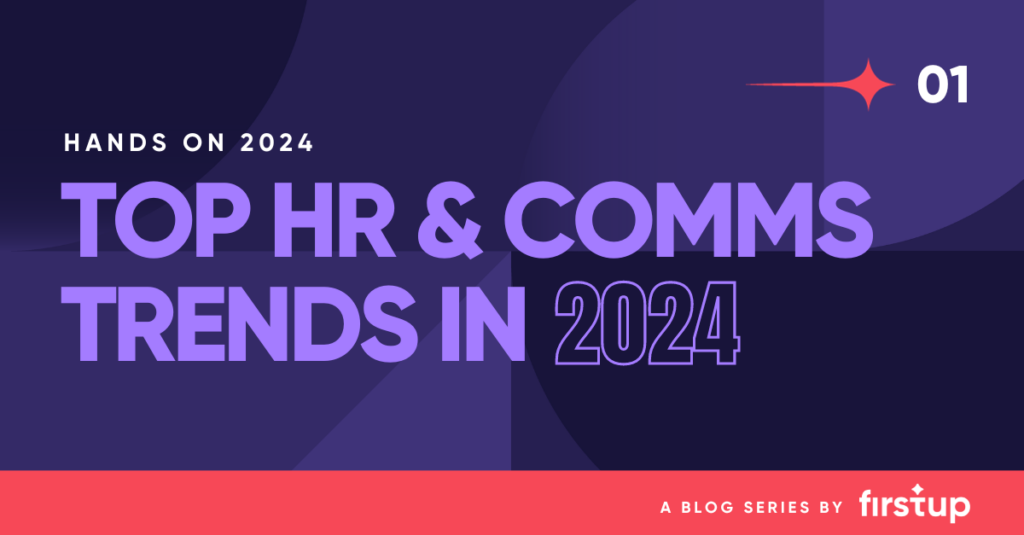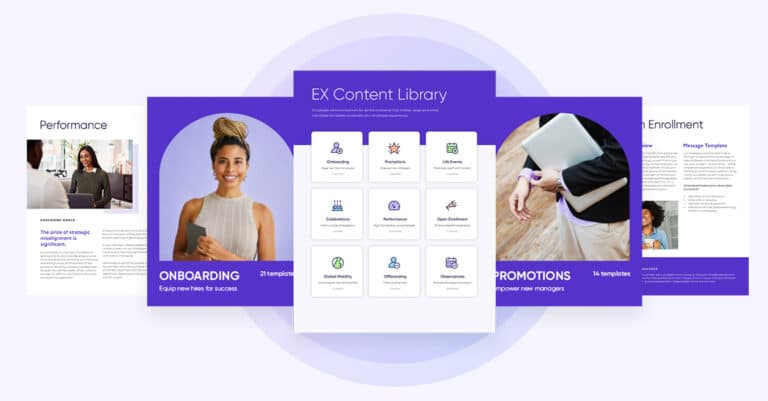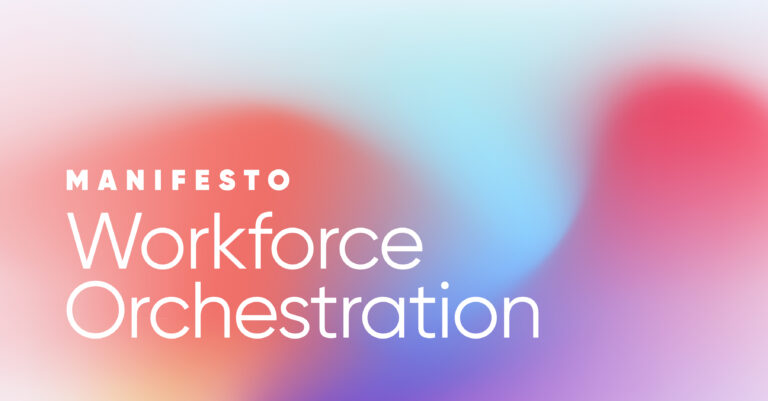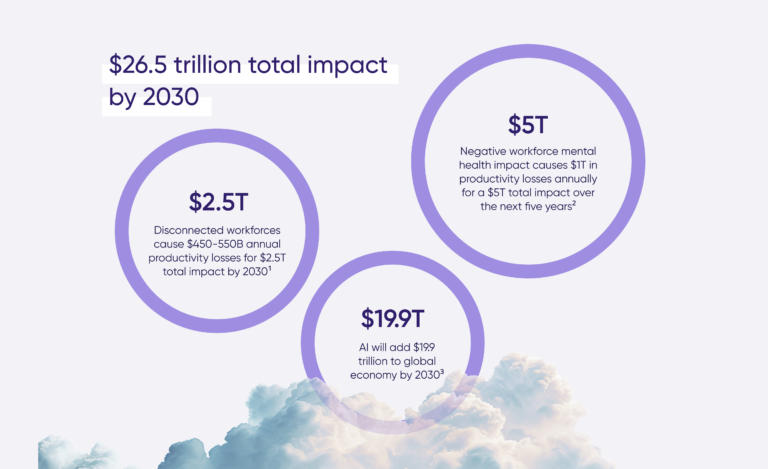Now that we’re getting into the swing of 2024, we find ourselves on the other side of that exhilarating period of planning and kickoffs. Firmly in the flow of execution, it can be easy to fall into old patterns and reactive projects—but it’s important to keep your strategic plans at the forefront.
As you roll out and refine these plans, five key trends are poised to set the rhythm for your HR communications journey throughout 2024.
So, grab your coffee and your favorite tunes because I’m about to unveil the trends that will shape the way we connect, engage, and retain employees in the year ahead.
Stay tuned for more in this series in the coming weeks.
Drum roll please…the top 5 trends in HR communications for 2024:
- Navigating the hybrid work dilemma: Discussions regarding remote and hybrid work strategies continue to be a central theme for leaders and HR professionals. Studies indicate a rising interest among workers for greater flexibility, whether through a hybrid work model or working only remotely, while simultaneously noting an uptick in feelings of isolation.
- Creating a customer-like employee experience: Today’s workforce wants a modern, personalized employee experience. Traditional HR communications—sending emails, posting an update on a stagnant intranet page, or assigning long eLearning modules with email reminders—are out of touch and ineffective. Employees want the same amazing experience they get when ordering from Amazon and other companies: a personalized, omnichannel campaign designed to reach them on their preferred channel with the information they need right at that moment.
- Optimizing the digital tech stack: HR typically manages several systems of records and more than 20 vendors. In the current hybrid/remote world, HR plays a critical role in orchestrating the way employees navigate their technology ecosystem to access resources and communication vital to their job performance and overall engagement.
- Integrating generative AI in HR: A top-five list wouldn’t be complete without AI as a continued trend in 2024. Generative AI is rapidly becoming integral to the HR landscape, and its influence is set to grow even further. As we anticipate continuous advancements in automation and AI, HR professionals should prepare for the seamless integration of AI into technologies and various aspects of their work—from recruitment to onboarding and everyday tasks.
- Focusing on mental health and employee well-being: Since 2020, discussion around employee well-being has gained significant momentum, and this momentum will continue into 2024. The benefit of focusing on employee well-being? Companies that have done so have experienced substantial boosts in productivity, according to recent studies.
For this first blog in the series, let’s dive into the first trend.
Navigating the hybrid work dilemma
The conversation about remote and hybrid work policies will remain a focal point for HR professionals in 2024 and beyond. Research shows a growing desire among employees for increased flexibility, either via a hybrid work arrangement or full-time remote work. Yet research also shows that employees are lonelier than ever. A study conducted by ServiceNow and ThoughtLab reveals remote and hybrid employees are struggling with elevated levels of stress and isolation.
While the solution may appear straightforward—return everyone to the physical office—the reality is more complex. Employees have a strong preference for remote work—in fact, 87% prefer it. What steps can HR take to address this remote-hybrid dilemma? Given the unique dynamics of organizational culture, business objectives, and the specific needs of employees, HR’s role lies in conducting surveys to glean insights and listen to the workforce before making definitive decisions, while also balancing employee preferences with the demands of the business.
The data seems to be leaning toward a hybrid policy as the favored path, which means HR must find effective ways to connect with remote employees. The goal is to foster a sense of culture and community while combating loneliness and ensuring the seamless dissemination of mission-critical communications in a remote work environment.
Utilizing the right technology
Technology has emerged as a vital enabler of remote work. HR and communications professionals are tasked with using technology to create genuine human connections. Practical examples include setting up “virtual water cooler” moments via platforms like Slack, facilitating brief team huddles for informal check-ins, organizing coffee chats with cross-functional team members, or even simply allocating time in team meetings to inquire about the well-being of colleagues.
At Firstup, we utilize our communication platform to bolster employee connections. We encourage employees to acknowledge one another in the Celebrating Our People topic, share innovative ideas in the Eye on AI topic, and discuss cultural traditions in the DE&I and Firstup Fun categories. The overarching aim of these examples is to create room for much-needed informal “human moments,” recognizing that the traditional water cooler and lunchroom interactions are not always accessible for remote workers.
HR professionals and communicators will continue the hybrid work conversation into 2024, discussing policies, technology, and how best to create culture and connection as the nature of work continues to evolve.
Up next, I will take a look at the second trend—creating a customer-like employee experience—and what that means for you in 2024.
Download PDF









